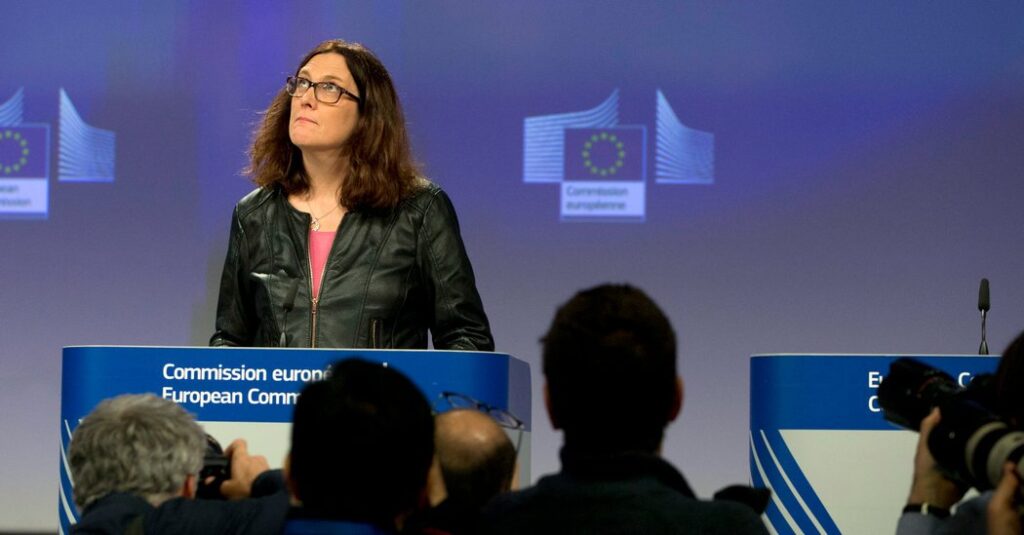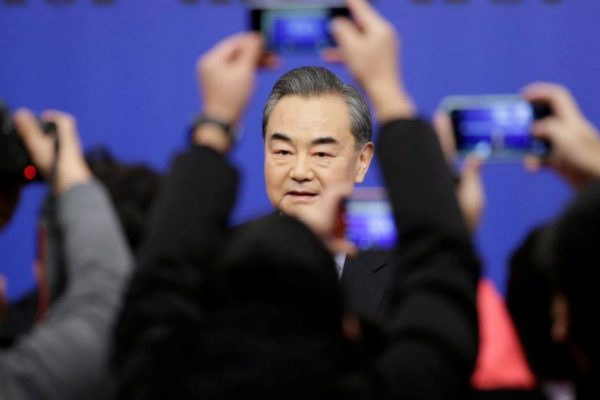China Bounces Back from the Mysterious Coronavirus Epidemic
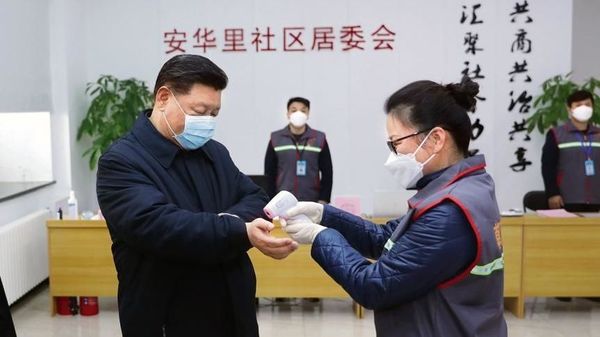
On December 30th 2019, first case of Coronavirus was reported in China’s metropolis Wuhan. Since then the pneumonia like virus has spread to over two dozen countries around the world, with almost 40,000 patients being affected worldwide. The death toll continues to increase daily, and as of now more than 900 casualties have been reported globally. The new coronavirus is named as 2-19-nCoV, which has affected mostly the people of Wuhan, capital of Hubei province. With the mushrooming of Coronavirus, the flights to and from China have been cancelled and has drastically affected the Chinese economy. To stop the proliferation of the virus outside China, authorities have restricted the travel to and from China. More than 48 million people in China have been restricted from travelling, as the citizens were ordered to only leave their homes for essential reasons. The reports suggest that coronavirus initially affected those who worked or shopped in the Huanan meat market. The symptoms of the coronavirus include cough, fever and difficulty in breathing and in worst cases in leads to organ failure too. In this case of viral pneumonia antibiotics don’t work. Coronavirus is said to transmit through human to human contact.
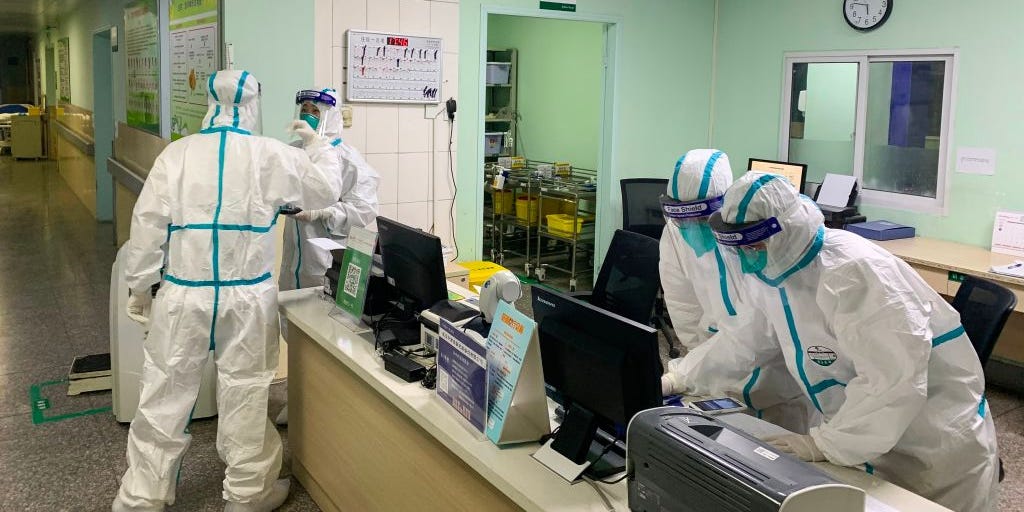
The Chinese health crisis has put the entire global economic system to a test. A heavy disruption is expected in the production of goods of bigger international companies, which includes Apple Inc., Tesla and many others. Food chains like McDonalds and Starbucks have closed down their outlets on the request of the government to contain the spread of the disease. Companies operating in China, or those having production facilities located in China are relocating their staff. The coronavirus is not only a challenge to the Chinese citizens or the booming Chinese economy but many has also challenged the government. To overcome such predictions, the Chinese government responded with effective measures for containing the spread of Coronavirus.
Prevention Measures:
- House to house searches for screening of virus by teams of medical workers.
- Immediately placing the infected to the quarantine centers.
- Transportation lockdown: railways, buses etc.
- Travelling restrictions: to and from China.
- Government ensures food and medical supplies to the affected Chinese cities.
- New hospitals are constructed on a war-footing.
- Holidays for schools and businesses are extended after the Chinese Lunar Year celebrations.
- Screening at the airports.
- Temperature detection of passengers and motorists travelling on airport and highway respectively.
- Cleaning and disinfecting railways, buses and subways.
- Chinese government is using the country’s powerful surveillance apparatus to track down the journey of those infected by the coronavirus.
- The Chinese finance ministry has allocated $10.26 billion to fight coronavirus, which aims to ensure that the public can afford diagnosis and treatment.
For containing the new epidemic the Chinese government has beefed up the preventive measures nationwide and has declared first level public health emergency. Huge force of doctors and nurses are sent to Wuhan. The medical and food supplies are also rushed to the city to avoid any delays in the treatment. Despite the outbreak of the deadly virus, Chinese authorities have taken strong measures in this fight and the factories did not halt their production of masks and protective clothing. A strong coordination of civilian and military resources can be witnessed in China. According to the authorities more than half a million of medical staff has joined the fight for preventing the epidemic. A major policy banks in country, China Development Bank has offered a loan of $288 million for preventing and controlling the coronavirus. In Guandong Province, the factories have resumed the production of protective masks after the Festive Holidays.
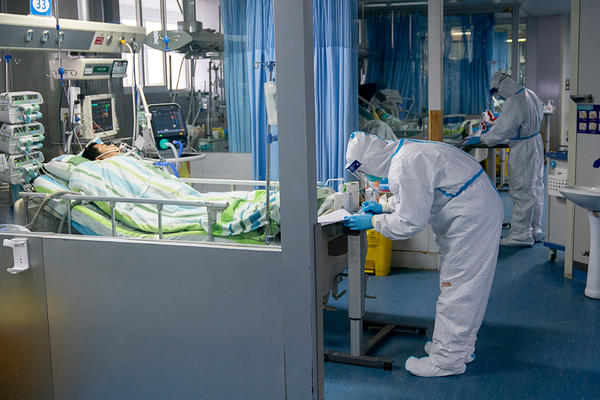
Although the villages are the weakest link in the chain of prevention and control, but after the spread of coronavirus, the villages in China have taken the toughest and smartest steps to fight the new virus. Regular announcements are made by the village chiefs, alerting people to wear masks, wash their hands regularly and avoid meeting and greeting others on the occasion of Lunar New Year. The people are advised to keep in touch with their relatives through mobile phones, instead of travelling to other cities. All those travelling through public transport are advised to wear masks as a safety measure. The passengers are required to undergo temperature detection points when passing through entry-exit points. Passengers have to fill in the health declaration cards and those with symptoms are provided immediate help. As a public health measure, the motorists and labor force have to undergo temperature detection before they start journey on national highway. The public health authorities have ordered the regular cleaning and disinfecting of the railway stations and subways. The railway authorities have also provided masks, gloves, and protective suits to the railway police as a part of preventive measure.

Apart from these measures, the medical and vaccination centers in the country are taking measures to ensure a successful fight against the coronavirus. Two diagnostic kits have been developed to fight coronavirus by the Wuhan Institute of Virology of the Chinese Academy of Sciences. Furthermore, the Zhongnan Hospital of Wuhan University has developed an optimized method of testing, which helps the infection to be diagnosed in just two hours. As a result of this, the treatment can start quicker than before and recoveries are faster. The mortality rate by coronavirus is 2% which is far less than that by the SARs, which plagued China almost two decades ago. Chinese doctors have also made progress in vaccine, whereby they have developed two chemical compounds that are effective in the treatment of coronavirus.
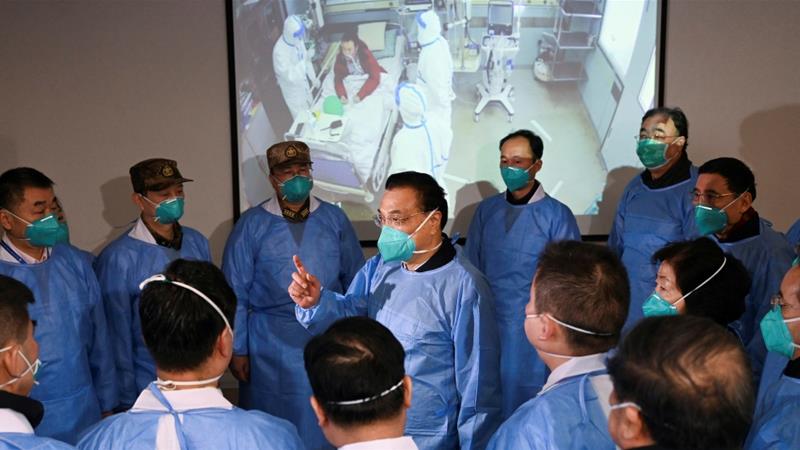
The Chinese public has full confidence in the leadership of their country for having the capability and capacity to fight the deadly virus. The Chinese government within 10 days built a new hospital for the treatment of infected patients in Hubei, China’s central province. The authorities spent five hours on designing and planning the new hospital. More than 800 construction equipment was rushed simultaneously for constructing the infrastructure of the hospital. It was possible with the hard work of thousands of workers and with the joint efforts of Chinese experts, who worked round the clock. The new hospital, Huoshenshan, which means Fire God Mountain brought hope to many patients. Around 14,000 medical staff from the armed forces is working in the hospital treating the patients. The Huoshenshan Hospital has a capacity of 1000 beds for the patients.Many are suspicious about the mysterious spread of coronavirus, and label it as a biological warfare and propaganda against China. The virus has been a blow to the Chinese economy, and in coming days it can weaken China’s negotiating hands in the future trade deals, especially effecting those between Beijing and Washington. Around the world many view the Chinese health crisis due to coronavirus as a commercial-biological-psychological war against China to undermine her growth as a new strong player globally. The spread of Coronavirus has the power to change the rules of the game, where many will benefit while many will be at the losing end. The propaganda is merely creating a panic and fear against China amongst the masses. This is not the first time in history that people are dying from a disease. Ebola, SAR, swine flu and many other such diseases have killed people in the past. Those who suspect Coronavirus as an artificial crisis, implanted deliberately in China, question the coincidence of the disease being originating in Wuhan, which happens to be an industrial city, and eighth richest city in China.

The Chinese authorities have full confidence in successfully battling against the spread of the disease. The world has acknowledged their most rigorous and comprehensive measures. China has the capability to combat the new deadly virus and will be successful in eventually defeating it. Chinese authorities announced that a total of 3,281 patients were discharged from the hospital who recovered completely after being infected from the coronavirus. The rapid response of China serves as a model for the countries for tackling the future outbreaks. During these moment, Chinese public has been very hopeful and constantly helping in dedicating their efforts for preventing the outbreak of coronavirus that has infected many. China has appeared as a united nation, and fighting the battle optimistically.




